Top 10 Smallest Cars in the World: Best Small Cars and Electric Models
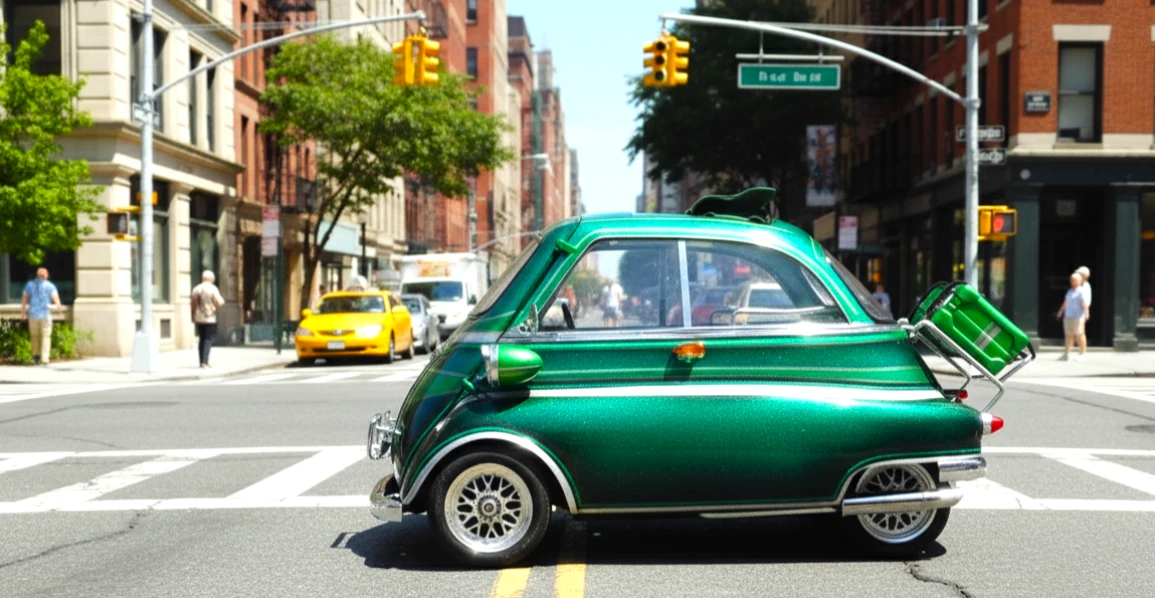
In an era of growing cities and increasingly dense traffic, a large car often becomes a burden. Finding a parking space turns into a quest, and fuel consumption in traffic jams hits the wallet. It's no surprise that more and more drivers worldwide, including in Cyprus, are turning their attention to compact cars. They offer a sensible solution to the problems of the modern metropolis: agility, efficiency, and convenience.
Why are small cars gaining popularity? The answer lies in their practicality. But the world of compact cars is not limited to familiar small hatchbacks. It is full of amazing engineering solutions, from tiny electric cars to legendary microcars of the past. What is the smallest car in the world? Which models make it into the top 10 small cars, and how do they differ from one another?
In this detailed guide, we will explore the world of compact cars. We will showcase the smallest cars ever created, compare them with modern city models, and help you understand which one might be your ideal companion on the road.
Advantages of Small Cars
Choosing a compact car is a pragmatic step that offers the driver a range of tangible benefits, especially in an urban environment.
Here are the main ones:
- Compactness and Agility. The ability to easily find a parking spot and turn around on a narrow street is the main advantage of a small car. In cities with dense historical buildings, like the old centers of Limassol or Nicosia, this quality becomes decisive.
- Efficiency. Compact cars consume significantly less fuel than their larger counterparts. When it comes to a small electric car, the savings become even more substantial, as the cost of charging is much lower than the price of gasoline.
- Low Operating Costs. Insurance, taxes, and the cost of spare parts and maintenance are generally lower for small models. This allows for savings not only at the pump but also on the overall upkeep of the vehicle.
- Ease of Parking. Thanks to their dimensions, these cars fit where the driver of a large sedan or SUV wouldn't even try to park.
Top 10 Smallest Cars in the World
Our ranking is a journey from the absolute Guinness World Record holders to the modern, technologically advanced city cars you can see on the streets today. We have arranged them by increasing length to clearly show the full spectrum of compact automotive engineering.
Model | Dimensions (L x W x H, mm) | Engine Type |
Peel P50 | 1,372 x 991 x 1,200 | Petrol |
BMW Isetta 300 | 2,285 x 1,380 x 1,340 | Petrol |
Renault Twizy | 2,338 x 1,237 x 1,454 | Electric |
Citroën Ami | 2,410 x 1,390 x 1,525 | Electric |
Smart Fortwo EQ | 2,695 x 1,663 x 1,555 | Electric |
Wuling Mini EV | 2,920 x 1,493 x 1,621 | Electric |
Honda N-Box | 3,395 x 1,475 x 1,790 | Petrol |
Fiat 500e | 3,632 x 1,683 x 1,527 | Electric |
Toyota Aygo X | 3,700 x 1,740 x 1,525 | Petrol |
Volkswagen Polo | 4,074 x 1,751 x 1,451 | Petrol |
1. Peel P50 (1962–1965, 2011–present)
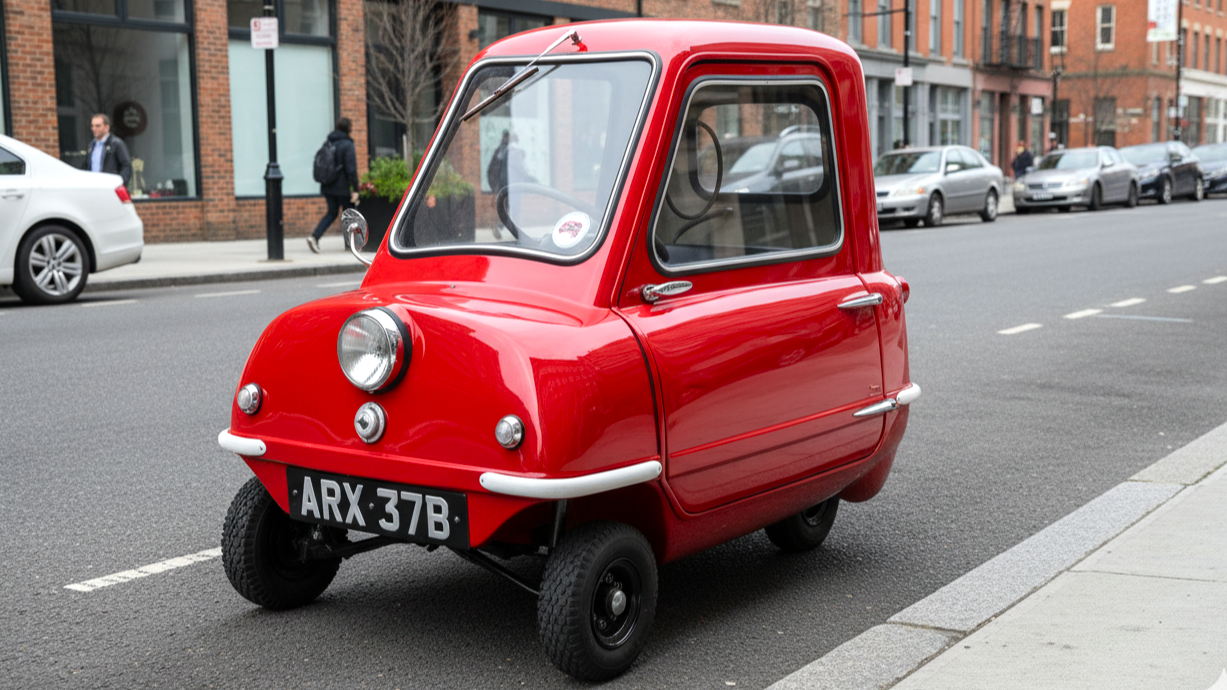
- Manufacturer. Peel Engineering Company (UK)
- Dimensions. (L x W x H): 1,372 x 991 x 1,200 mm
- Engine Type. Petrol (49 cc) or Electric
- Pros. Officially the smallest production car in the world, listed in the Guinness World Records. A unique historical exhibit.
- Cons. Single-seater, no reverse gear, minimal safety level, not suitable for modern roads.
- Why it's on this list. It provides a definitive answer to the question, "what is the smallest car in the world."
2. BMW Isetta 300 (1955–1962)
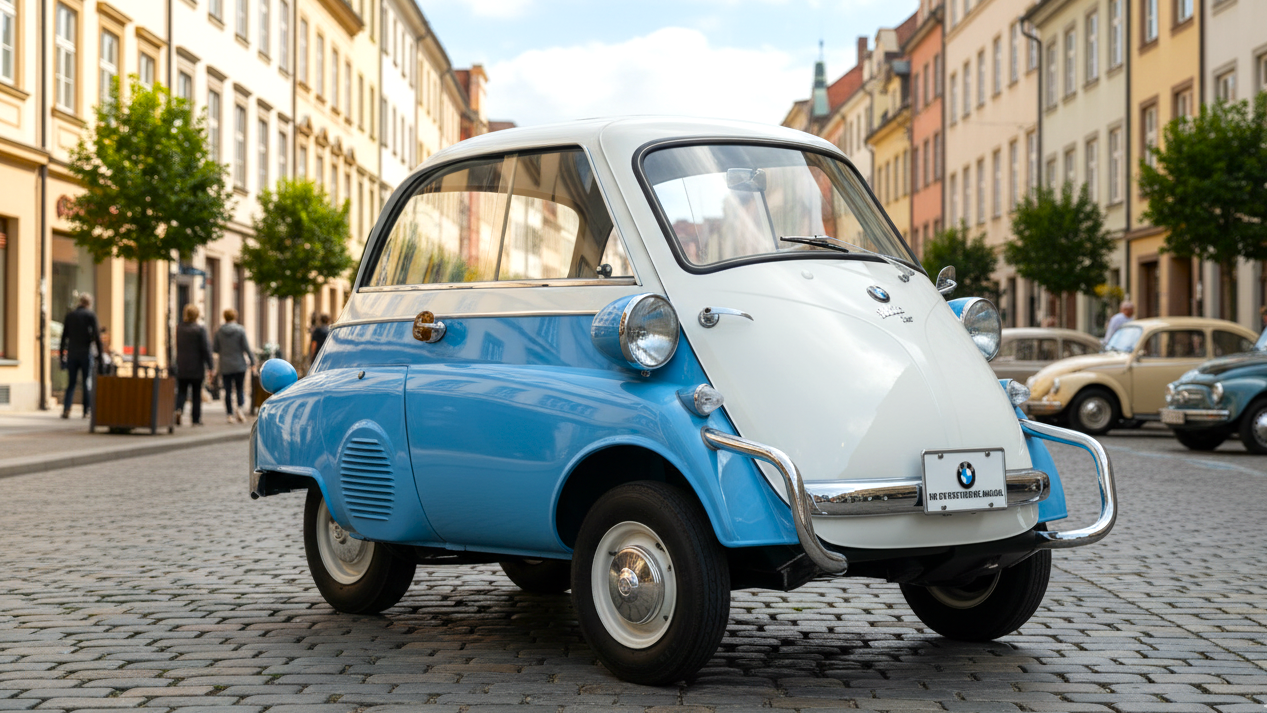
- Manufacturer.BMW (Germany)
- Dimensions. (L x W x H): 2,285 x 1,380 x 1,340 mm
- Engine Type. Petrol
- Pros. Iconic design with a single front-opening door that includes the steering wheel. A symbol of post-war European revival.
- Cons. Very low performance and safety by modern standards.
- Why it's on this list. A legendary "bubble car" that saved BMW from bankruptcy and became a style icon.
3. Renault Twizy (2012–present)
.png?_t=1757524714)
- Manufacturer. Renault (France)
- Dimensions. (L x W x H): 2,338 x 1,237 x 1,454 mm
- Engine Type. Electric
- Pros. Futuristic open design, excellent agility, tandem seating (1+1).
- Cons. Limited range (up to 100 km), lacks proper doors and heating in the base version.
- Why it's on this list. A bold experiment that blurred the line between a car and a scooter.
4. Citroën Ami (2020–present)
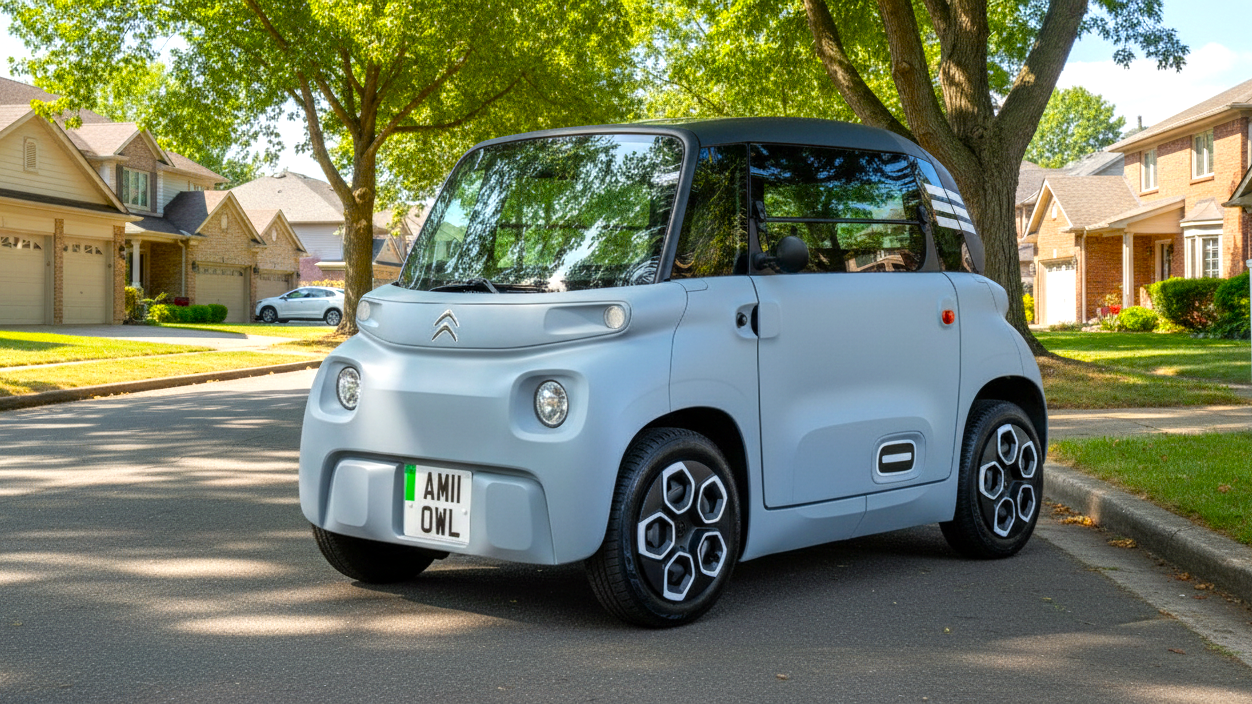
- Manufacturer. Citroën (France)
- Dimensions. (L x W x H): 2,410 x 1,390 x 1,525 mm
- Engine Type. Electric
- Pros. Affordable price, zero emissions, charges from a standard outlet. In many EU countries, it can be driven from age 14-16 without a full car license.
- Cons. Top speed of 45 km/h, spartan interior, legally classified as a quadricycle.
- Why it's on this list. A modern concept of urban mobility, accessible to the widest possible audience.
5. Smart Fortwo EQ (2017–present)
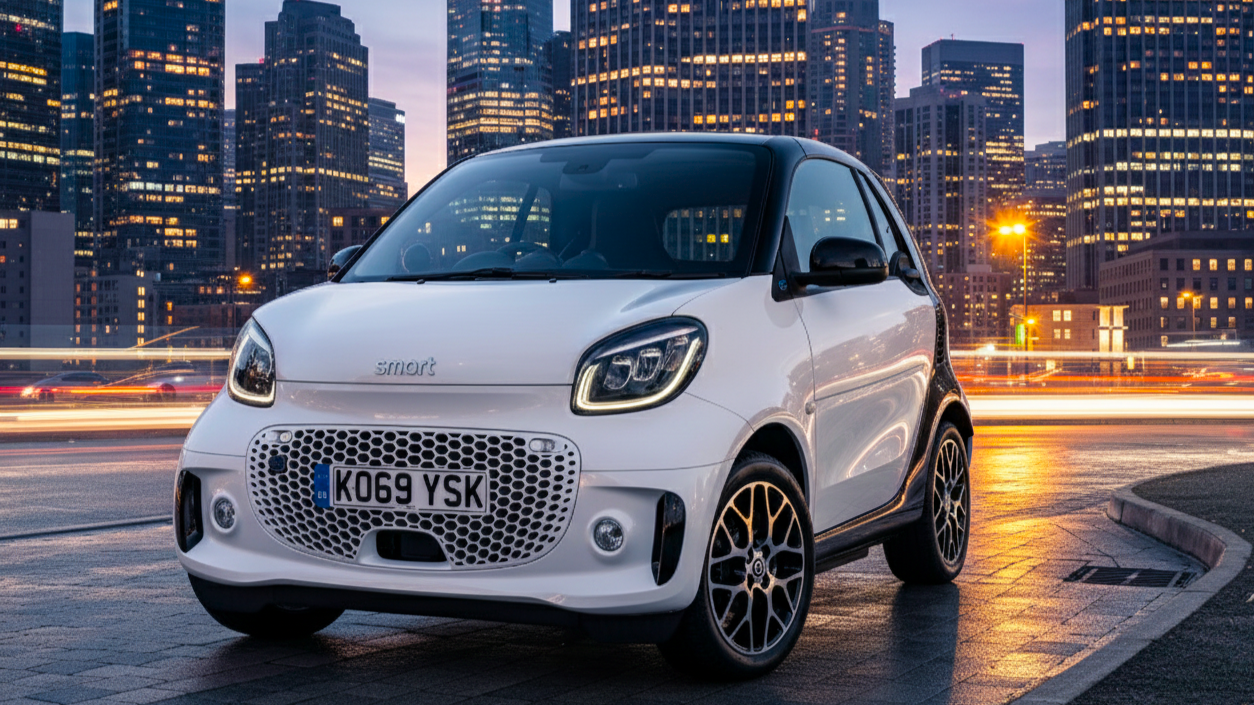
- Manufacturer. Smart (Daimler AG, Germany)
- Dimensions. (L x W x H): 2,695 x 1,663 x 1,555 mm
- Engine Type. Electric
- Pros. Phenomenal maneuverability (minimal turning radius), high level of passive safety thanks to the Tridion safety cell.
- Cons. Short range (up to 135 km), high price for its size.
- Why it's on this list. The trendsetter in the city microcar class, proving that compactness and safety are compatible.
6. Wuling Hongguang Mini EV (2020–present)
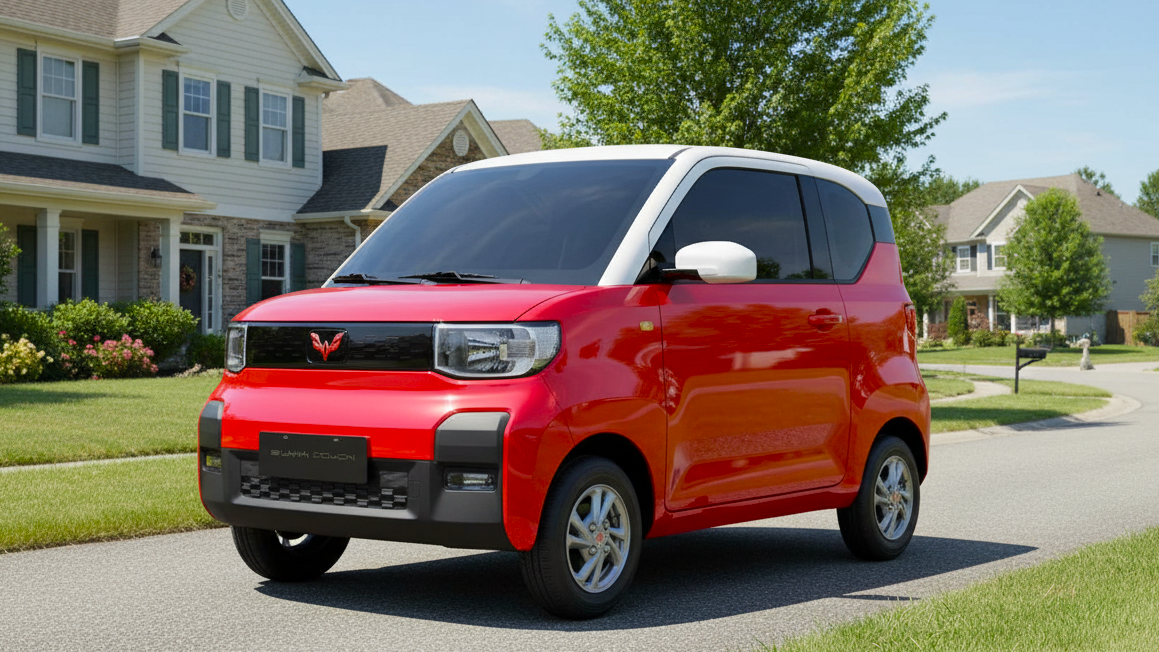
- Manufacturer. SAIC-GM-Wuling (China)
- Dimensions. (L x W x H): 2,920 x 1,493 x 1,621 mm
- Engine Type. Electric
- Pros. One of the cheapest electric cars in the world, four-seat interior (nominally).
- Cons. Minimal safety and comfort levels, not officially sold in Europe.
- Why it's on this list. Demonstrates the trend of ultra-affordable electric mobility, becoming a bestseller in China.
7. Honda N-Box (2011–present)
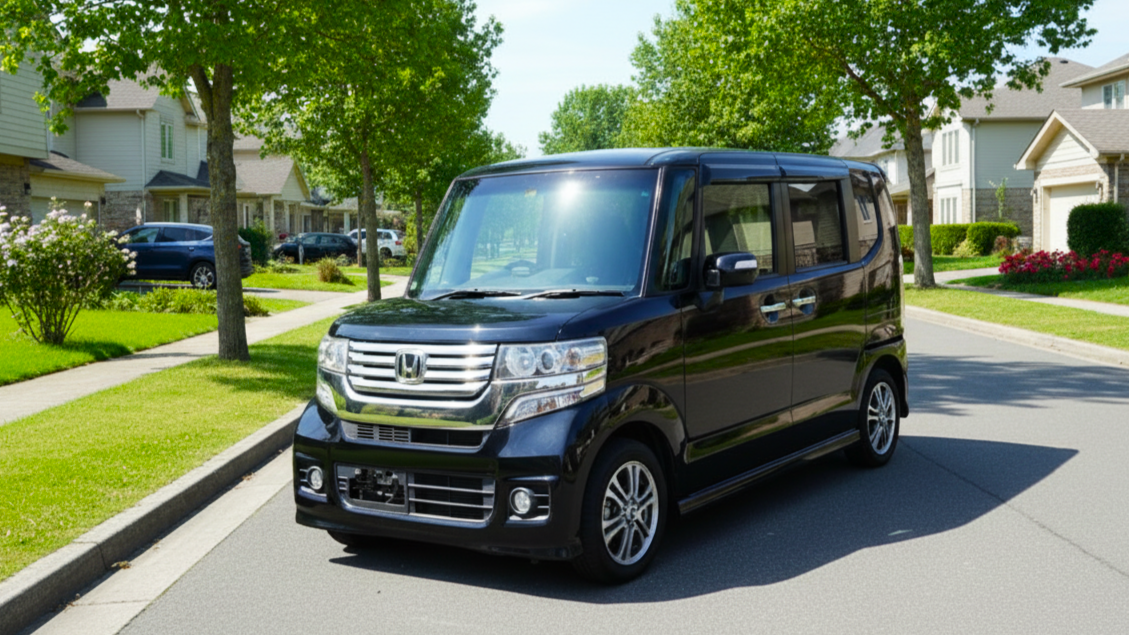
- Manufacturer. Honda (Japan)
- Dimensions. (L x W x H): 3,395 x 1,475 x 1,790 mm
- Engine Type. Petrol
- Pros. Incredibly spacious and transformable interior within minimal external dimensions. The benchmark for practicality in the Japanese "kei car" class.
- Cons. Officially sold only in Japan, specific "box on wheels" design.
- Why it's on this list. An example of how to achieve maximum functionality within strictly limited dimensions.
8. Fiat 500e (2020–present)
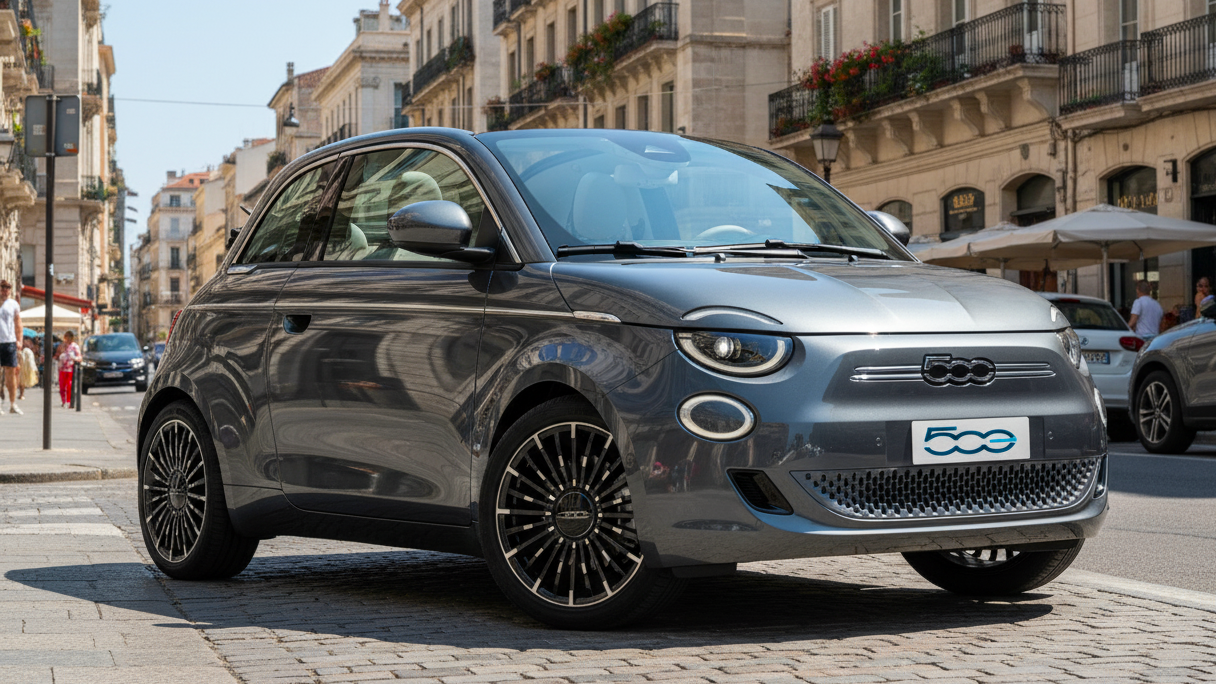
- Manufacturer.Fiat (Italy)
- Dimensions. (L x W x H): 3,632 x 1,683 x 1,527 mm
- Engine Type. Electric
- Pros. Iconic design, high-quality interior, good range (up to 320 km), enjoyable driving dynamics.
- Cons. High price, cramped rear seats.
- Why it's on this list. One of the best small cars in terms of style, technology, and driving pleasure.
9. Toyota Aygo X (2022–present)
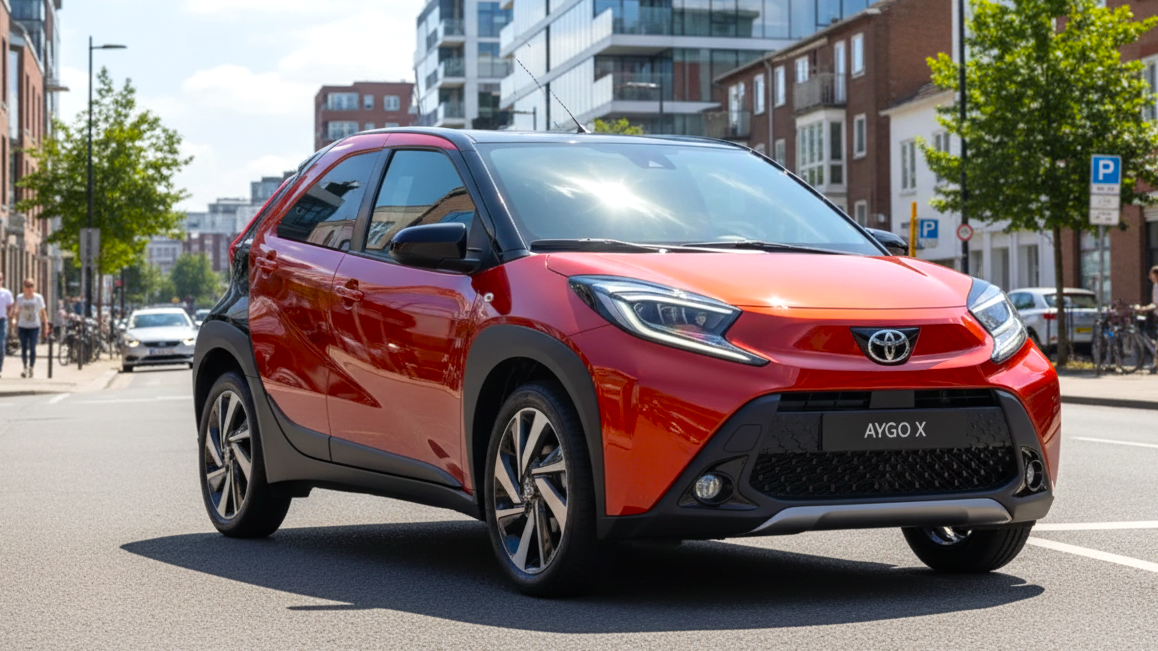
- Manufacturer. Toyota (Japan)
- Dimensions. (L x W x H): 3,700 x 1,740 x 1,525 mm
- Engine Type. Petrol
- Pros. Crossover-style design with increased ground clearance, high level of safety (Toyota Safety Sense package), reliability, and efficiency.
- Cons. Modest performance on the highway, small trunk.
- Why it's on this list. A modern answer to urban dwellers' needs, combining the compactness of a hatchback with the versatility of a crossover.
10. Volkswagen Polo (2017–present)
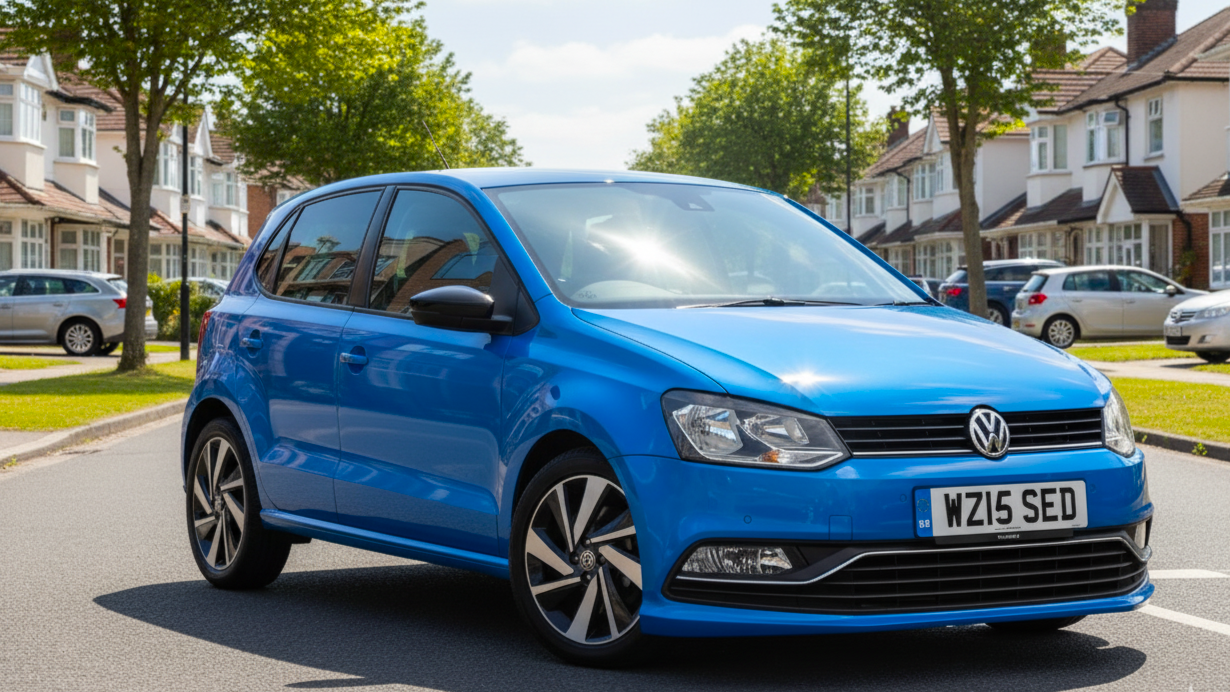
- Manufacturer. Volkswagen (Germany)
- Dimensions. (L x W x H): 4,074 x 1,751 x 1,451 mm
- Engine Type. Petrol
- Pros. Spacious for its class, high level of comfort and safety, quality interior materials.
- Cons.Larger than most competitors on this list, higher price.
- Why it's on this list. The benchmark in the B-segment (subcompact hatchbacks), setting standards for quality, safety, and technology.
What to Consider When Choosing a Small Car
Before making a final choice, it's important to evaluate a few key factors to ensure the car fully meets your expectations.
Here's what to look for:
- Purpose. Do you need a car exclusively for the city, or do you plan regular highway trips? For Cyprus's motorways, ultra-compact models like the Citroën Ami are not suitable. However, a Toyota Aygo X or VW Polo can handle this task without issue.
- Electrification. Are you ready to switch to an electric car? It's economical and eco-friendly but requires access to charging infrastructure.
- Seating and Luggage. Are you traveling as a couple or with family? The trunk volume and rear passenger space can be decisive factors.
- Safety. Modern smallest cars from leading brands are safe, as confirmed by Euro NCAP tests. However, the level of protection in ultra-budget models or quadricycles can be significantly lower.
Pros of Small Cars | Cons of Small Cars |
✅ Easy to park | ❌ Small trunk |
✅ Low fuel consumption | ❌ Limited rear passenger space |
✅ Excellent agility | ❌ Less comfortable on long trips |
✅ Low operating costs | ❌ Modest highway performance (most models) |
Conclusion
Small cars are a smart and modern choice. They offer freedom of movement in congested cities, save you money, and make every trip easier. Answering the question, "what is the smallest car," we see how far engineering has come.
Ultimately, choosing the best small cars depends on your personal needs. This guide, covering the smallest cars in the world, will help you make an informed decision. Explore our catalog to find the perfect compact car for your travels in Cyprus, and enjoy every moment behind the wheel.


